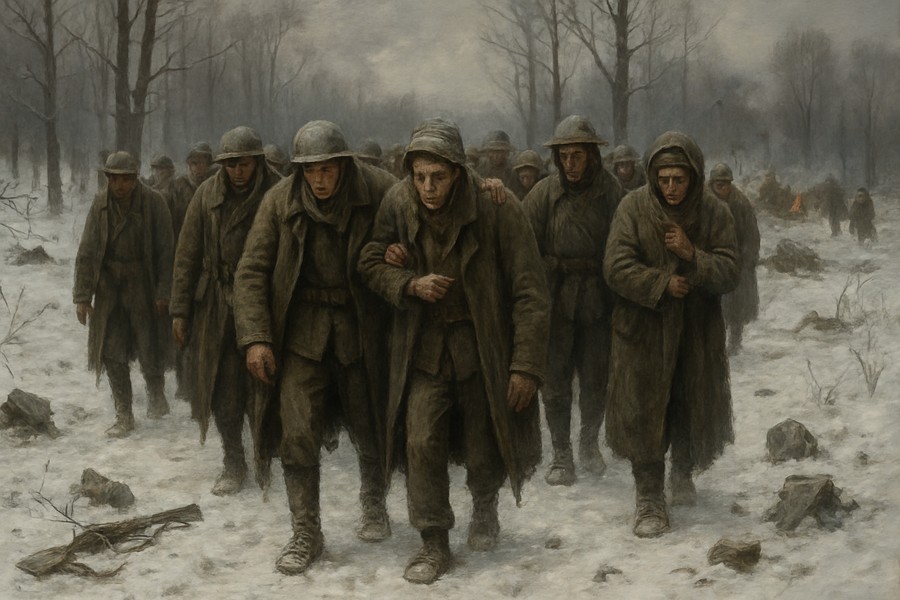
Unraveling the Mystery of Napoleon's Ill-Fated 1812 Invasion
In the twilight years of his rule, Napoleon Bonaparte, the French emperor, undertook a large-scale invasion of Russia with an army of over half a million men. Fast forward six months, and the army was in retreat, with a mere fraction of the original force making it back to France.
This disastrous campaign is remembered as one of the most destructive wars ever, with countless soldiers falling victim not just to battle, but also to starvation, freezing temperatures, and a widespread outbreak of typhus.
Unearthing New Clues in Old DNA
Recent studies conducted on the DNA remnants of these fallen soldiers have provided new insights. These research efforts suggest that the army may have been ravaged by not just one but multiple diseases. Two previously unidentified types of bacteria have been discovered, which could have played a significant role in the soldiers' tragic end.
This revelation challenges the long-held belief that typhus was the sole infectious disease responsible for decimating Napoleon's army. The discovery has opened up new avenues for further investigations into other potential infectious diseases that could have contributed to the soldiers' demise.
The researchers identified these pathogens, which cause paratyphoid fever and relapsing fever, through analysis of teeth samples from soldiers found in a mass grave in Vilnius, Lithuania, unearthed in 2001.
These groundbreaking findings not only shed light on a significant historical event but also underscore the progression of technology and how it aids in understanding past events.
The Deadly Cocktail of Diseases
When Napoleon's army reached Moscow, they didn't face an opposing Russian army. Instead, they found a deserted city with scorched crops and no available supplies. With the onset of a brutal winter, the French army was compelled to retreat, enduring numerous hardships along the way.
During a 2006 study, typhus was initially identified in the soldiers' teeth samples, but the research was constrained by the limitations of technology at the time. To ascertain whether typhus was the single cause of the soldiers' death, the recent study employed a technique called high-throughput sequencing. This method can sequence millions of DNA fragments simultaneously, making it possible to identify highly degraded DNA, such as fragments from samples over two centuries old.
This advanced form of analysis offers a clearer picture of the landscape of infectious diseases in the past, and how historical events have shaped the present-day landscape of infectious diseases.
More Questions Than Answers
The researchers examined 13 samples and found no traces of typhus. However, this does not invalidate the findings of the 2006 study. The sample size is too small to determine the precise effect the diseases had on Napoleon's army. The recent study does confirm that multiple infectious diseases were present at the site, suggesting that even more diseases could have been at play that remain undetected.
Experts in ancient DNA research have commented that these latest findings are not necessarily surprising but contribute significantly to our understanding of Napoleon's army's downfall. This period is seeing increased contributions from ancient DNA studies to our understanding of historical events. Studying historical and ancient pathogens provides insight into the evolutionary paths organisms have taken, some of which are now extinct, while others form the basis of present-day pathogens. This data is crucial for predicting and managing future threats.
Paratyphoid fever and relapsing fever, diseases identified in the study, still exist today but are neither as prevalent nor as deadly. While Napoleon survived the retreat, his rapidly diminishing army played a part in his eventual downfall.
What is truly impressive is the rapid advancement of technology since the first study in 2006. We have come a long way, with current technologies enabling us to accomplish things that were inconceivable just a few years ago. It's exciting to think about what future technological developments will bring.
